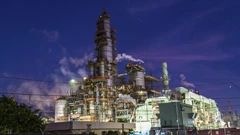Carbon Dioxide Removal Efforts Seen Far Behind What Is Needed
(Bloomberg) -- If there’s to be any hope of halting global temperatures from rising more than 2C (3.6F) this century, it will require a mammoth scaling up of carbon dioxide removal (CDR) technologies to vacuum up billions of tons of the stuff from the atmosphere.
But removal efforts to date have largely focused on natural climate solutions like reforestation or storing CO2 in soil. To avoid the worst of a warming planet, engineered approaches that include sucking the emissions directly from the atmosphere must increase by a factor of at least 30 by 2030 and 1,300 by mid-century, researchers from a coalition including the University of Oxford and the German Institute for International and Security Affairs said in a report Thursday. ``We find a gap between how much CDR countries are planning and what is needed in scenarios to meet the Paris temperature goal,’’ the authors wrote. ``There are currently few plans by countries to scale CDR above current levels, exposing a substantial shortfall.’’
Of the roughly 2 billion tons of CO2 removed from the atmosphere each year, only about 0.1% currently come from engineered approaches, the report found. Although removal technologies remain controversial — some critics argue the efforts are expensive and serve to extend the life of fossil fuels — one bright spot may be in the US, where supporters say new tax incentives in the US Inflation Reduction Act (IRA) are transformative enough that the technology is finally ready to take off.
Two of the main approaches are carbon capture and storage (CCS) and direct air capture (DAC). The former involves collecting CO2 as it’s being emitted by a big source of pollution like a generator burning fossil fuel to make electricity, while the latter aims to suck emissions directly from the atmosphere. IRA increases the amount of credit from $45 a ton to $85, for CO2 removed from a smokestack, and as much as $180 if the gas is taken from the air.
To be sure, many existing efforts to capture carbon and storage projects it have been beset by problems. Chevron's Gorgon project, one of the world’s largest carbon sequestration endeavors, has struggled to meet targets to capture and store its own emissions and has in the past had to purchase offsets to address the shortfall.
Despite the number of projects in development growing to a record level last year, they likely only mitigate less than 1% of annual emissions. And even after capturing CO2, projects can face storage challenges and some companies are looking at sticking the greenhouse gases into emptied oil fields.
The authors of the paper argue the technology is crucial to meeting global climate goals and that the amount of carbon removal development required in the second half of the century will only be feasible if there is substantial new deployment in the next 10 years.
“We really need to start deploying these brilliant really novel technologies that are at tiny scale now,’’ one of the authors, Gregory Nemet with the University of Wisconsin–Madison, said in an online briefing. “That needs to happen really quickly.”
More stories like this are available on bloomberg.com
©2023 Bloomberg L.P.
KEEPING THE ENERGY INDUSTRY CONNECTED
Subscribe to our newsletter and get the best of Energy Connects directly to your inbox each week.
By subscribing, you agree to the processing of your personal data by dmg events as described in the Privacy Policy.
More renewables news

GE Vernova Expects More Trouble for Struggling Offshore Wind Industry

Climate Tech Funds See Cash Pile Rise to $86 Billion as Investing Slows

GE Vernova to Power City-Sized Data Centers With Gas as AI Demand Soars
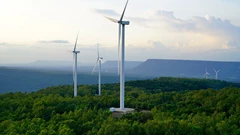
Longi Delays Solar Module Plant in China as Sector Struggles
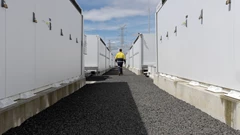
Australia Picks BP, Neoen Projects in Biggest Renewables Tender

SSE Plans £22 Billion Investment to Bolster Scotland’s Grid
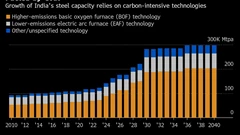
A Booming and Coal-Heavy Steel Sector Risks India’s Green Goals

bp and JERA join forces to create global offshore wind joint venture
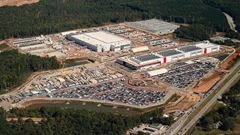
Blackstone’s Data-Center Ambitions School a City on AI Power Strains
